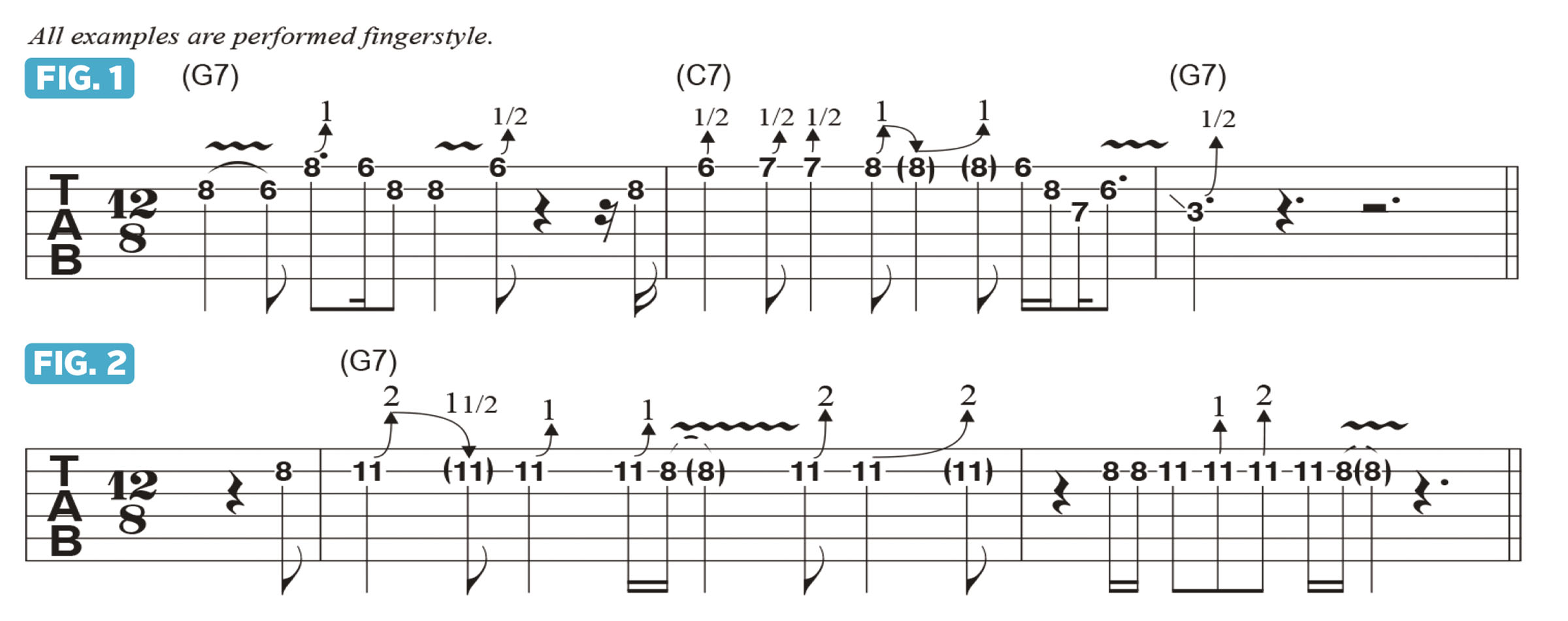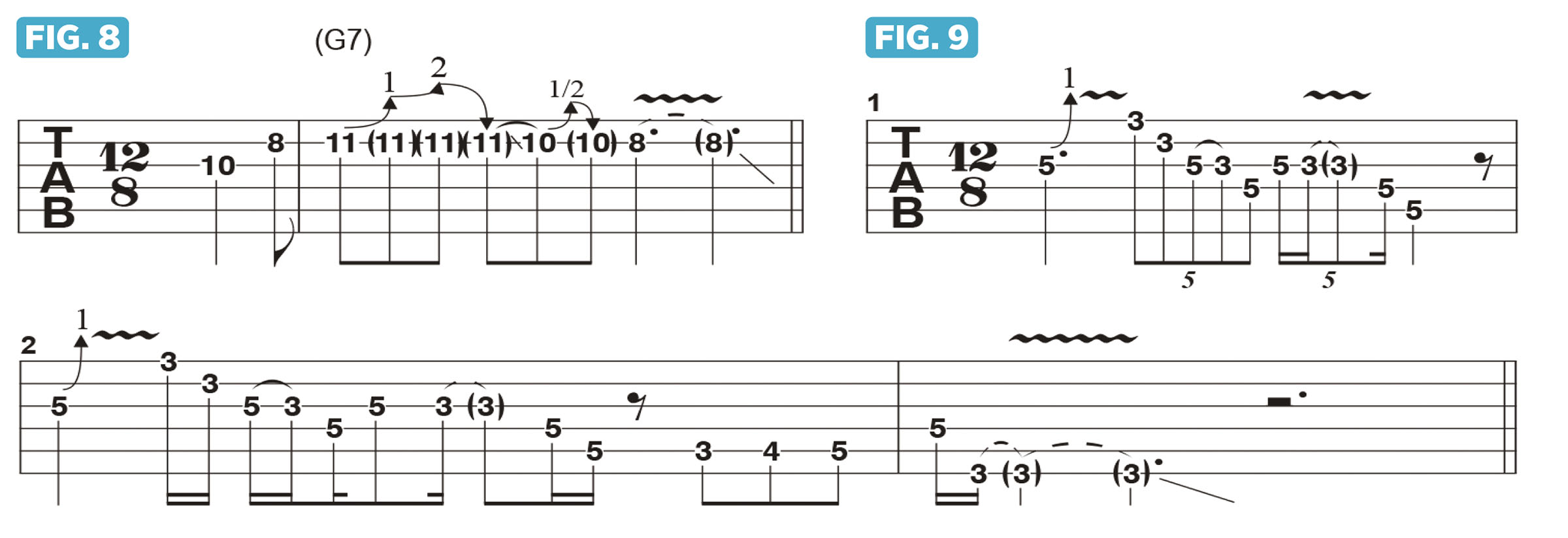“One of my biggest musical influences is the king of blues power. He also played in an unorthodox tuning, which is still a mystery”: Jared James Nichols on how Albert King's electric fingerpicking changed the game for blues guitar
Albert King played upside down, in a weird tuning, and influenced SRV and Hendrix alike, and he did it without a pick. So it's no surprise Nichols is a huge fan – he breaks down King's magic

One of my biggest musical influences is the king of blues power, Albert King. There are so many things that define his unique approach to playing, and I think about these things every time I pick up my guitar.
The first thing is that, like me, Albert didn’t use a pick. He fingerpicked his strings aggressively, mostly with his thumb and index finger, snapping them against the fretboard and creating a distinctive and deeply expressive sound. Albert also played the guitar “upside down.”
With the instrument strung conventionally for a right-handed player, he flipped it over and played it left-handed, with the order of the strings being reversed: the lowest string was closest to the floor while the highest string was closest to the ceiling.
He also played in an unorthodox tuning, which is still a mystery; the prevailing wisdom is that he tuned down one-and-one-half steps, to C# standard (low to high: C#, F#, B, E, G#, C#).
I was first exposed to the “Albert King” sound through the playing of Stevie Ray Vaughan, for whom Albert was a major influence. One of the greatest examples of Stevie emulating Albert’s phrasing is SRV's playing on the title track of his debut album, Texas Flood.
Figure 1 offers an example of a lick played in Albert’s style, with a nod towards the way Stevie would express King’s influence in his own playing. The phrase is based on the G minor pentatonic scale (G, Bb, C, D, F), and I pick the strings with my index finger and thumb, snapping them against the fretboard, and add wide finger vibratos to any held note.
Other signature Albert King elements here are the half-step bend from Bb to B at the end of bar 1, and the half-step bends from B to C in bar 2.
All the latest guitar news, interviews, lessons, reviews, deals and more, direct to your inbox!
When I first heard this type of playing on Texas Flood, I thought, “How is Stevie getting that sound?” Then, when I heard Albert for the first time, it struck me as more of a “silky” kind of sound, such as the phrase shown in Figure 2. After playing the initial G note, I fret Bb and then perform an array of different string bends from that one note to sound D, C#, C and B.
Once I saw Albert King on video, I could see that he was a master of playing on one string and was able to perform expressive solo lines from a single note at a single fret.
Figures 3 and 4 present great exercises in this playing approach. First, play the chromatic row of notes Bb, B, C, C# and D on the B string then move back down chromatically to Bb, as in Figure 3.
Then, as shown in Figure 4, fret only the Bb note at the 11th fret and proceed to bend up to each of the other notes from it, starting with a half-step bend, then a whole step, then one-and-one-half steps, then two whole steps. Figure 5 offers another example of bending in stacked half-step increments.
The magic of Albert’s playing is that he was able to nail each of these bends at will. Figures 6, 7 and 8 offer more examples of phrases built from this technique.
Snapping the strings in this way sounds especially cool in the guitar’s lower register. Figure 9 offers an example played down in 3rd position.
Licks like these are a staple of Albert’s style, as well as Stevie’s, and can also be heard in the playing of Jimi Hendrix.
- This article first appeared in Guitar World. Subscribe and save.
Jared James Nichols is a blues-rock guitarist with two signature Epiphone Les Paul models (and a Blackstar amp) to his name. His latest album is 2023's Jared James Nichols.
You must confirm your public display name before commenting
Please logout and then login again, you will then be prompted to enter your display name.






